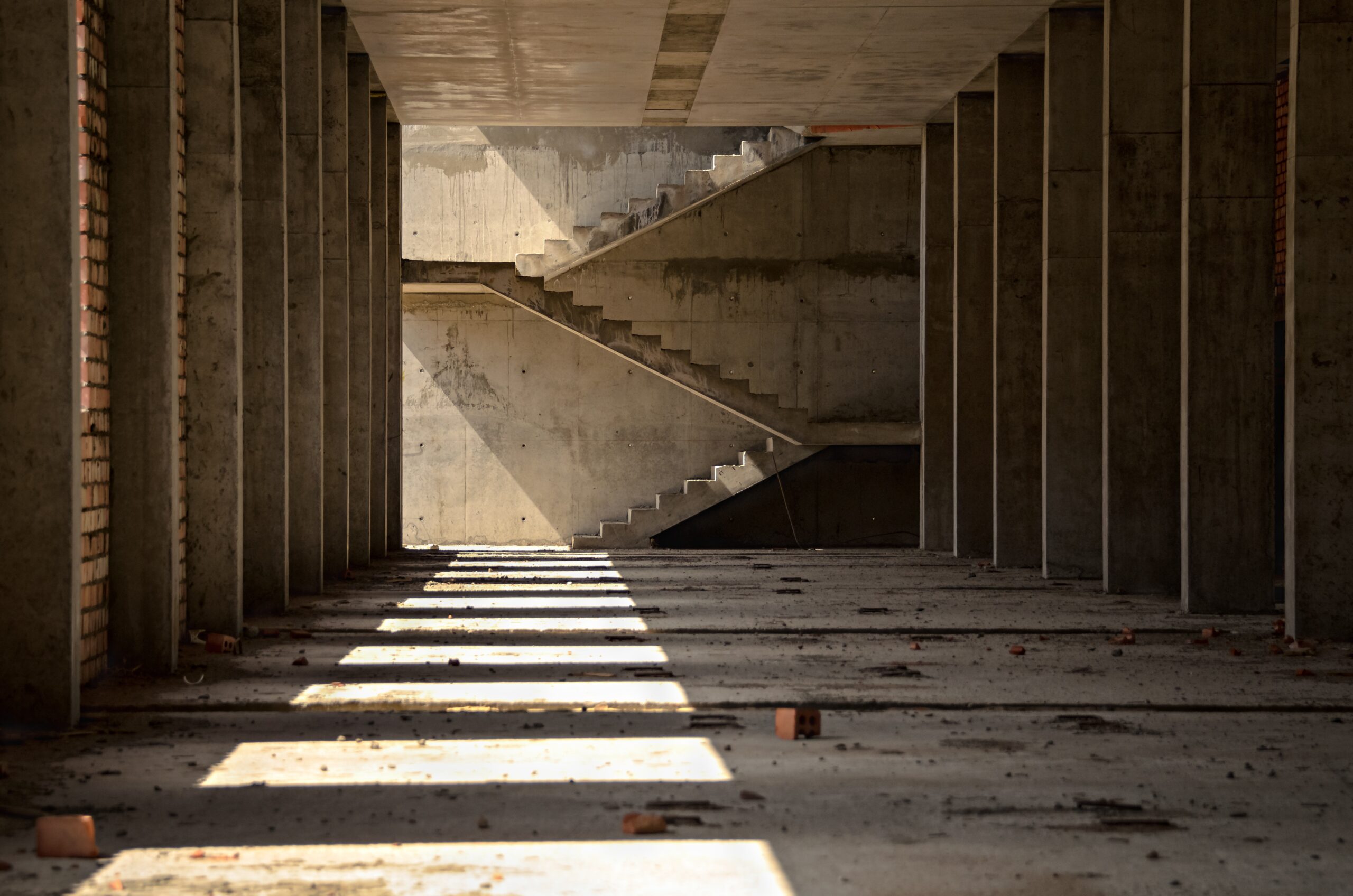Using Smart Sensors to Monitor Concrete Strength in Real-Time
When working with concrete, there is no room for guesswork. Once poured, the clock starts, and accuracy is critical at every stage. Smart sensors are playing a transformative role in this regard. They are revolutionizing the monitoring of concrete strength by replacing assumptive predictions with real-time data, all while supporting faster, safer, and more cost-efficient construction.
June 5, 2025

Replacing the Old Norms with Real-Time Insight
Historically, concrete strength monitoring has relied heavily on break tests, waiting days to validate assumptions made during placement. This creates lag, introduces variables, and increases risk. Smart sensors eliminate the delay. By embedding directly into the concrete, they collect continuous temperature and maturity data that translates into precise strength estimates. These embedded sensors typically use thermocouple and maturity meter technologies, capturing data that’s then interpreted using established strength-maturity correlations.
The benefit lies not only in speed, but also in the clarity it provides. These sensors provide an exact view of curing performance without disrupting workflows. Lab delays are eliminated, manual steps minimized, and guesswork removed, allowing teams to proceed with formwork removal or loading with confidence and precision.
How Smart Sensors Improve Project Efficiency
Construction timelines tend to be demanding and unforgiving. Any delay in confirming concrete strength can push back critical path activities, leading to cascading costs. However, smart sensors minimize that risk. Their data enables teams to make informed decisions on-site, without second-guessing. Crews are also able to schedule the next step with confidence, aligning operations with real-world conditions.
Beyond scheduling, the sensors offer a way to optimize material performance. Concrete mixes do not cure uniformly under varying environmental conditions. Smart monitoring captures the impact of real-world conditions to ensure that project teams have a clear vision of the work ahead. With this insight, future mix designs can be refined and curing practices adjusted to suit specific site realities. For instance, one commercial mid-rise project reduced its formwork cycle by 48 hours using maturity-based strength tracking, cutting crane standby time and boosting crew productivity. Contractors report up to 20% reductions in cycle time and fewer test cylinders needed per pour, translating to lower testing costs and faster approvals.
Supporting Safety Without Sacrificing Speed
Safety remains paramount on any jobsite, and smart sensors offer an added layer of assurance. Relying solely on break tests requires decision-making based on average values. However, they do not always reflect precise conditions and can create unnecessary exposure to structural or safety risks.
Armed with real-time data, teams no longer have to choose between caution and momentum. These sensors verify that every structural element meets performance standards and accurately detect when a pour has reached its specified strength. By doing this, they preserve project momentum while guaranteeing compliance.
Seamless Integration into Field Workflows
Integrating smart sensors serves to enhance and build upon current infrastructure. Sensors are embedded during the pour, synced to cloud-based platforms, and monitored remotely. The data is accessible from any connected device, removing barriers to collaboration and documentation.
This integration has also simplified recordkeeping. With digital strength records automatically archived, teams can reference pour histories, share updates with stakeholders, and support QA/QC processes without the administrative overhead of paper logs and test result tracking.
Smart sensors are not a futuristic concept; they are now foundational. They are actively changing the way concrete is monitored on-site by providing precision and visibility to a process that has historically battled delays and approximations. As demands for speed, quality, and accountability climb, real-time monitoring has become the benchmark for assuring that concrete performance satisfies project specifications from the start.

